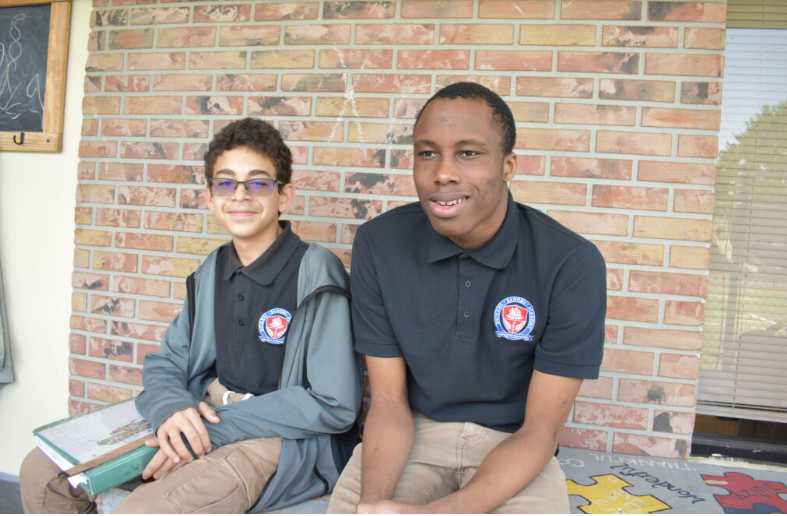Tag: Teacher empowerment

With nowhere to turn, Florida mom started her own school for students on the autism spectrum
Joshua Akabosu was nearly hit by a truck when he was 10. He had run from school that day, as he often did. Announced to the class he was going home, then bolted through a door and into the neighboring streets. School officials told Joshua’s mom, Juliet Sanomi, what she... READ MORETaking charge of your children’s education
Editor’s note: This commentary from Colleen Hroncich, a policy analyst...
READ MOREGive parents wide latitude on ESA uses—and give teachers accounts, too
Editor’s note: This commentary from Mike Goldstein, a former Boston...
READ MORESouth Florida’s education renaissance is about more than schools
MIRAMAR, Fla. – Broward County isn’t one of the locales...
READ MOREMost colleges of education stick to traditional teacher training despite pandemic-spurred innovation
Editor’s note: This article is the third in a series...
READ MOREInnovative Tennessee teacher prep program aims to prepare a new breed of educators
In her 20s, Heather Fracker set her sights on becoming...
READ MOREMake it easier for education entrepreneurs to thrive
Editor’s note: This commentary from Kerry McDonald, an education policy...
READ MOREHow a top teacher college is preparing educators for the future
Editor’s note: Today, reimaginED brings you the first in a...
READ MOREA lot of public school employees like private school choice
Many public school districts oppose private school choice, but in...
READ MORETeacher-led micro schools, ESAs create opportunity in Native American education
I had the opportunity recently to visit a new, small...
READ MORESchool choice … for teachers
This is the latest post in our ongoing series on...
READ MORE

